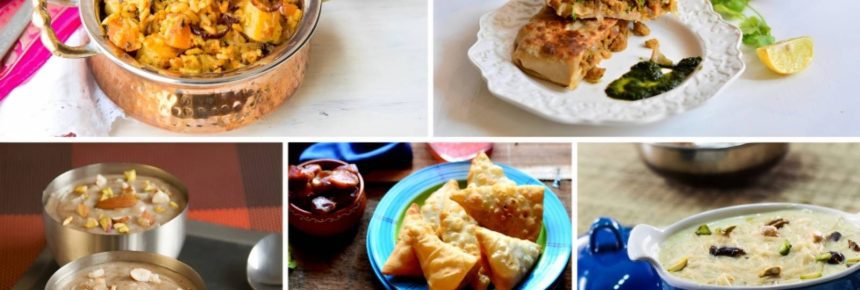Ramadan is the ninth month of the Islamic calendar and Muslims around the world observe it as a month of fasting, spiritual reflection and prayer. During this time, Muslims abstain from eating and drinking from dawn to sunset. The meal before dawn is called suhoor, and the meal that breaks the fast at sunset is called iftar.
Food plays a significant role in Ramadan, as Muslims usually break their fast with a variety of traditional dishes and special treats. These dishes often vary depending on the region, culture and personal preferences. Some common Ramadan dishes include soups, stews, curries, grilled meats, breads, and sweet desserts.
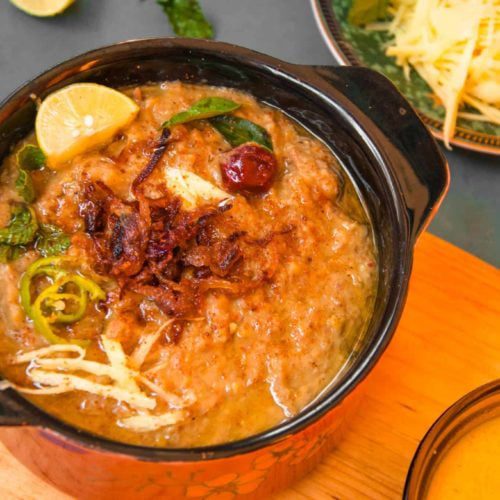
Haleem:
Haleem is a popular dish in the Indian subcontinent, Middle East, and Central Asia, and is especially popular during the month of Ramadan. It is a rich, slow-cooked stew made from meat (usually beef or lamb), wheat, lentils, and a variety of spices.
To make haleem, the meat is first cooked until it is tender and then shredded or ground into small pieces. The lentils and wheat are soaked overnight, and then cooked until they are soft and mushy. The meat is added to the lentil and wheat mixture, along with a variety of spices, such as ginger, garlic, turmeric, cumin, and chili powder. The mixture is then slow-cooked for several hours until it becomes a thick, porridge-like consistency.
Haleem is typically served hot, garnished with fried onions, chopped cilantro, and a squeeze of fresh lime juice. It is often enjoyed with naan bread or roti. Haleem is not only delicious but also very nutritious, as it is high in protein, fiber, and complex carbohydrates. It is also a great source of energy and is often eaten during suhoor to help sustain energy levels throughout the day.
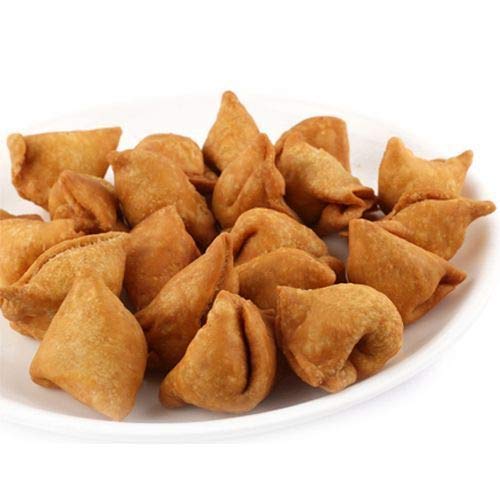
Samosas:
Samosas are a popular snack or appetizer that originated in the Indian subcontinent and are now popular all over the world. They are triangular or cone-shaped pastries filled with vegetables, meat, or a spicy mixture of the two.
To make samosas, a dough made from flour, water, and oil is first rolled out into thin sheets. These sheets are then cut into triangles or circles and filled with a mixture of mashed potatoes, peas, onions, and spices, along with optional fillings like ground beef or chicken. The edges of the dough are then sealed with water or egg wash to create the signature shape and prevent the filling from spilling out.
The samosas are then deep fried until golden brown and crispy.They are typically served hot with mint or tamarind chutney for dipping. Samosas can be enjoyed as a snack or as part of a meal, and are particularly popular during Ramadan and other festivals. They are not only delicious but also provide a good source of carbohydrates and protein, making them a satisfying and filling option for iftar or suhoor.
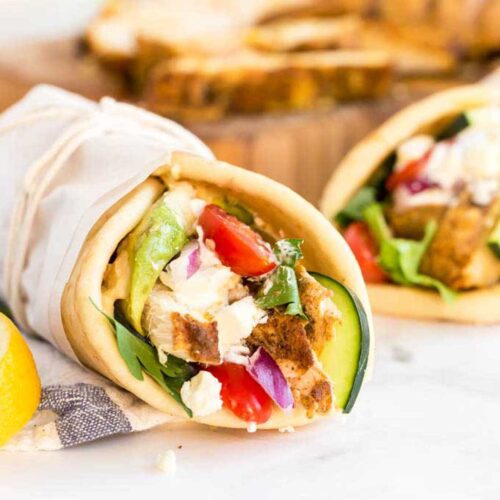
Chicken Shawarma:
Chicken shawarma is a popular Middle Eastern dish that is made by marinating thin slices of chicken in a blend of spices and then roasting the meat on a spit or grill. The chicken is typically served in a warm pita bread with a variety of toppings, such as pickles, tomatoes, onions, and a creamy garlic sauce.
To make chicken shawarma, boneless chicken is first cut into thin slices and then marinated in a mixture of spices, including cumin, coriander, paprika, garlic, and lemon juice. The chicken is then threaded onto a large rotating spit and slowly cooked over a grill until it is tender and juicy.
Once the chicken is cooked, it is shaved off the spit and served in a warm pita bread along with a variety of toppings. The garlic sauce, which is made from garlic, mayonnaise, and yogurt, is an essential part of the dish and adds a creamy and tangy flavor.
Chicken shawarma is a delicious and satisfying meal that is enjoyed by people all over the world. It is not only flavorful but also a good source of protein and other nutrients, making it a healthy choice for iftar or suhoor during Ramadan.
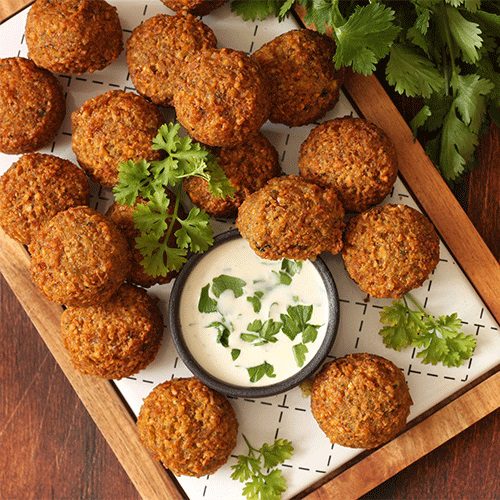
Falafel:
Falafel is a popular Middle Eastern dish that consists of small, deep-fried balls made from ground chickpeas or fava beans, mixed with herbs, spices, and onions. Falafel is often served as a snack or a sandwich, and is a popular vegetarian or vegan option.
To make falafel, chickpeas or fava beans are soaked overnight and then ground into a coarse paste. The paste is then mixed with chopped onions, garlic, parsley, cumin, coriander, salt, and baking powder to form a thick dough. The dough is shaped into small balls or patties and then deep-fried until they are crispy and golden brown on the outside.
Falafel is typically served in a warm pita bread with a variety of toppings, such as tomatoes, lettuce, pickles, and a tahini sauce made from sesame paste, lemon juice, and garlic. It can also be served as an appetizer or snack, and is often enjoyed with hummus or other dips.
Falafel is not only delicious but also a good source of protein, fiber, and other nutrients. It is a great option for iftar or suhoor during Ramadan, as it provides a filling and satisfying meal that can help sustain energy levels throughout the day.
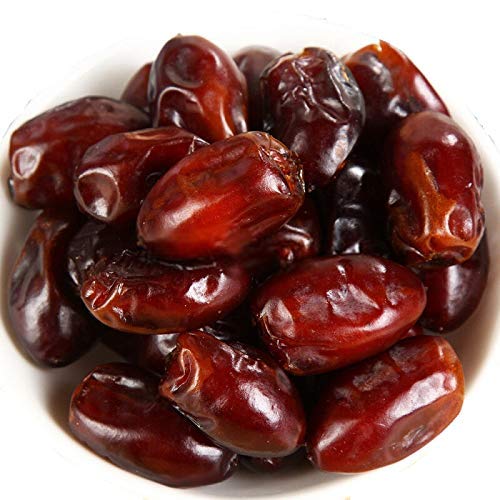
Dates:
Dates are a type of fruit that are grown on palm trees and are popular throughout the Middle East and North Africa, particularly during the month of Ramadan. They are small, oblong-shaped fruits with a chewy texture and a sweet taste.
Dates are a nutritious fruit that are high in fiber, vitamins, and minerals. They are also a good source of energy, making them an ideal food to break the fast during Ramadan. In fact, it is a tradition for Muslims to break their fast with a date and a glass of water, as this provides a quick source of energy and helps to replenish fluids after a long day of fasting.
They can be stuffed with nuts or cheese, or used in baking to add natural sweetness to desserts. They are also a common ingredient in traditional Ramadan dishes, such as the dessert known as “maamoul” which is a type of filled pastry that is commonly enjoyed during the holy month.
Overall, dates are a delicious and nutritious food that are an important part of Ramadan traditions and cuisine.
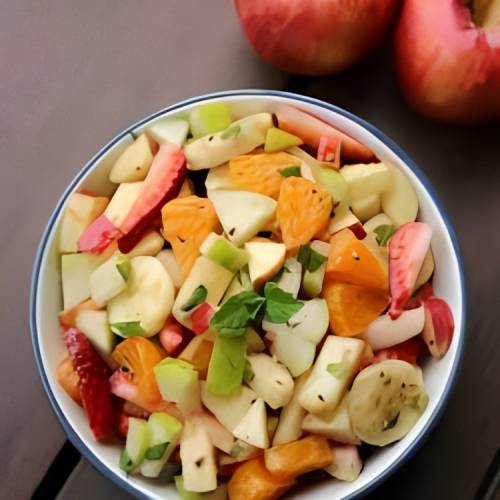
Fruit Chaat:
Fruit chaat is a popular dish in South Asian cuisine that is often served during Ramadan as a refreshing and healthy way to break the fast. It is a combination of various seasonal fruits that are chopped into bite-sized pieces and mixed together with a tangy and spicy dressing made from lemon juice, chaat masala (a spice blend), and sometimes sugar.
The fruit used in fruit chaat varies depending on availability and personal preference, but typically includes a variety of fruits such as watermelon, cantaloupe, apples, bananas, grapes, and pomegranate seeds. Some variations also include vegetables such as cucumber and tomatoes.
To prepare fruit chaat, the fruits are washed, peeled, and chopped into small pieces. They are then mixed together in a large bowl and tossed with the chaat masala, lemon juice, and sugar (if desired). The dish is typically chilled for a few hours before serving to allow the flavors to meld together.
Fruit chaat is not only delicious but also a healthy option, as it provides a variety of vitamins, minerals, and antioxidants. It is a great way to stay hydrated and energized during Ramadan, and is often enjoyed as a light and refreshing way to break the fast before the main meal.
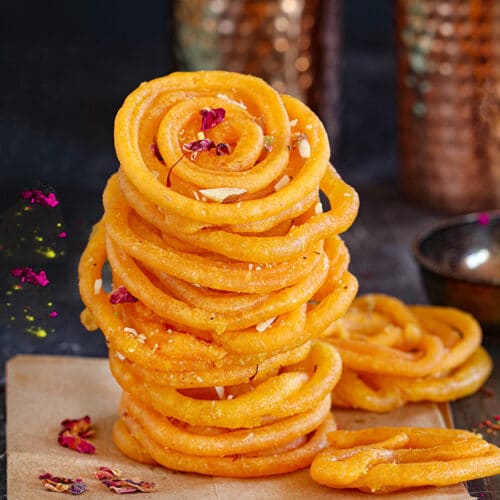
Jalebi:
Jalebi is a popular dessert in South Asian and Middle Eastern cuisine, often enjoyed during Ramadan and other festive occasions. It is made by deep-frying a wheat flour batter into thin, pretzel-shaped spirals and then soaking them in a sugar syrup to create a sweet and sticky texture.
To make jalebi, wheat flour is mixed with yogurt, water, and a small amount of turmeric or saffron to create a thick batter. The batter is then left to ferment for several hours, which helps to create a light and airy texture.
Once the batter is fermented, it is poured into a piping bag and piped into spirals onto a hot griddle or deep-fried in oil until they are golden brown and crispy. The jalebis are then soaked in a sugar syrup made from water, sugar, and sometimes saffron or cardamom, which gives them their characteristic sweetness and flavor.
Jalebi is typically served warm and can be enjoyed on its own or with a scoop of ice cream or a dollop of yogurt. It is a popular dessert during Ramadan and other festive occasions, and is often served alongside other traditional desserts such as gulab jamun or ras malai.


